
Depression takes on many forms. Just ask Tara Wray.
“It’s not just the stereotypical photo of a person with their head in their hands looking depressed,” Wray, a Vermont-based photographer and creator of The Too Tired Project, a creativity-based mental health initiative, told HuffPost.
After publishing a photo book, Too Tired for Sunshine, featuring pictures that subtly showcased her thoughts and feelings as a person living with depression, Wray received an outpouring of support from the artistic community. “People wrote and were sharing their own stories and some of their work with me.”
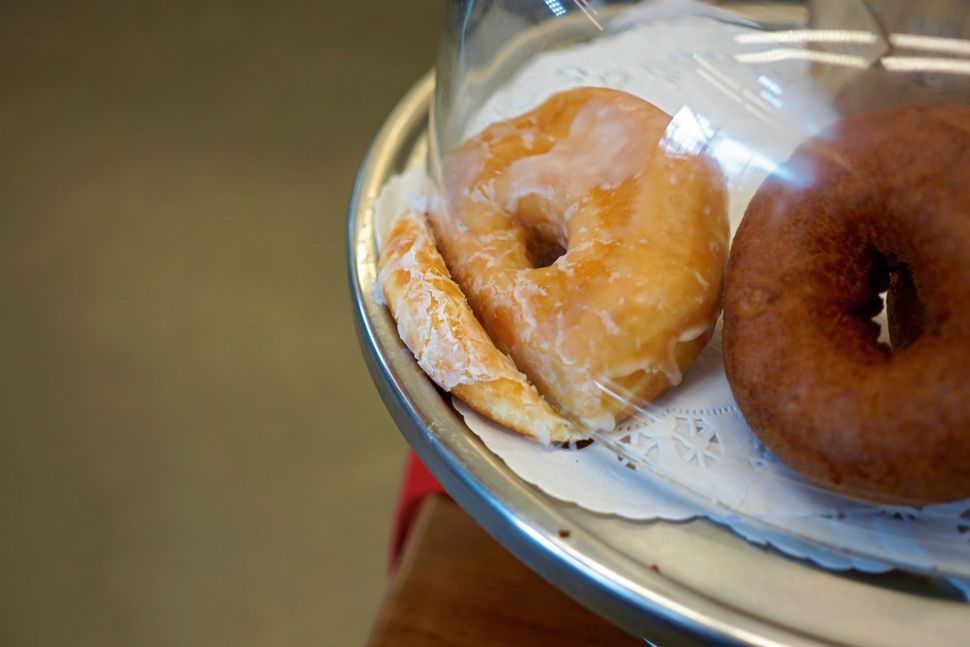
Moved by the gesture, Wray created an Instagram page with the handle @tootiredproject and encouraged people to submit photo representations of their daily struggles with depression. She began posting the submissions along with captions from the photographers. To date, Wray has received about 4,000 submissions from a mix of professional and amateur photographers.
“There is definitely a need out there for people to find a place to share their work along this topic,” Wray said.
Around the world, 332 million people live with depression. In 2015, 16 million adults in the U.S. experienced at least one major depressive episode. Despite how common the condition is, it affects individuals differently, says Debra Kissen, executive director of the Light on Anxiety CBT Treatment Center in Chicago. “There is not a standard external picture of what living with depression looks like,” she told HuffPost. Some people experiencing depressive symptoms might have trouble going about their daily tasks; others show no outward symptoms but are consumed by feelings of despair or worthlessness, Kissen added.
Wray plans to keep The Too Tired Project running as long as people are willing to share their work with her. She is especially interested in inviting people of color and the LGBTQ community to share their stories. Her goal for 2020 is to compile many of the submissions into a photo book. She is also starting to host pop-up slideshows where she invites people in a designated city to submit photos to The Too Tired Project and asks them to gather for an interactive event.
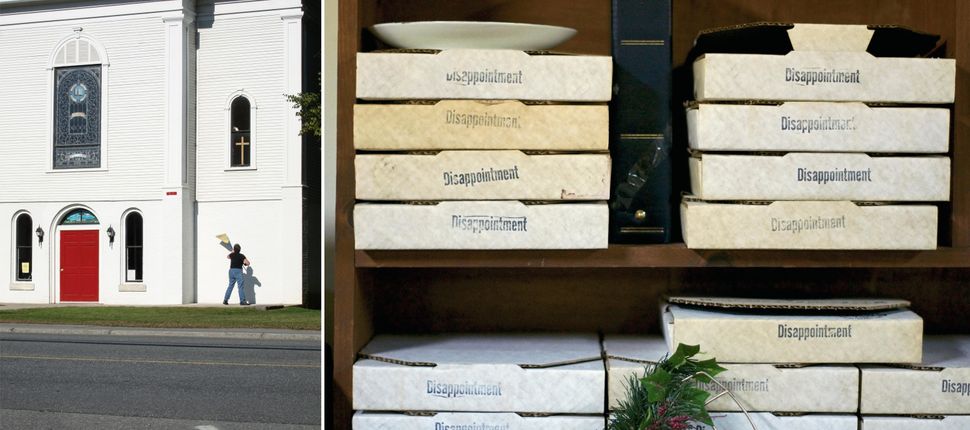
Wray hopes the project continues to help knock down some stigmas surrounding mental health struggles and gives people with depression an outlet to come forward.
“I am interested in giving photographers a chance to own the narrative around their own struggles with depression,” Wray said. “I really want people to come together around this idea, even if it’s nothing more than saying, ‘That photo and that story made sense to me because I’m going through the same thing.’”
As a means of expanding this effort, The Too Tired Project partnered with Open Path Psychotherapy Collective, which offers mental health services in all 50 states and Canada, to help pair people up with reduced-cost therapy sessions.
For many of the Too Tired Project participants, the series is an opportunity to come out of the shadows and provide a physical demonstration of the issues they deal with on a daily basis. Below, five photographers who contributed to the series share their work and what it means to them.
Anonymous
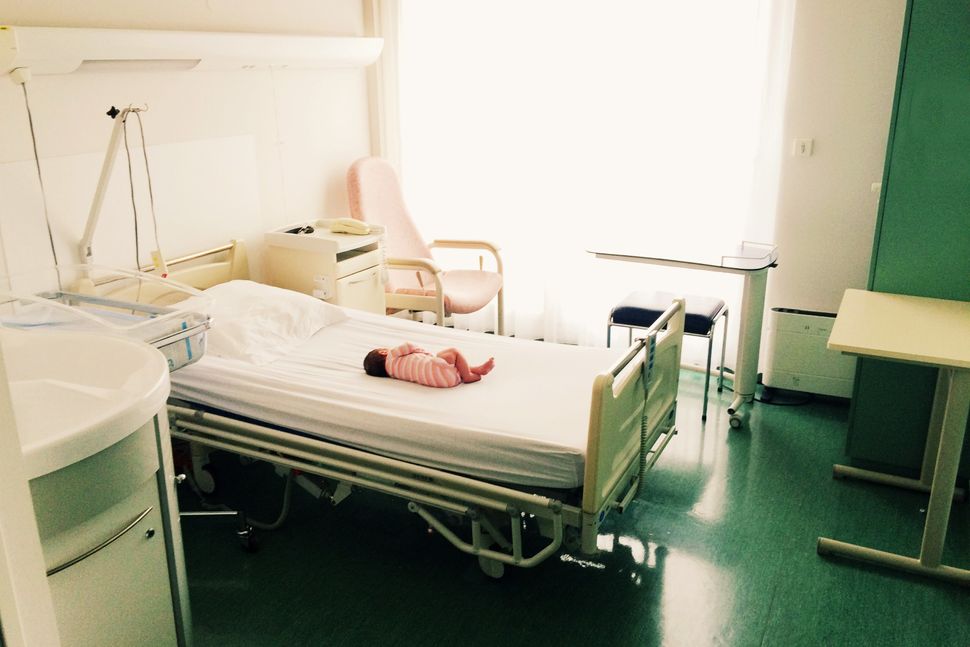
One participant, a 37-year old amateur photographer who lives in Bordeaux, France, submitted a photo of his daughter, Josephine, at 3 days old.
“This is my third and last child. After tidying up the maternity ward, we were going home. I knew it was my last child, and I had a brief melancholy emotion when leaving this place,” the project participant, who wished to remain anonymous due to his condition, told HuffPost. “I wanted to take one last picture before leaving the maternity ward. I put this little body in this big bed.”
His mission was to show how mental health struggles can seem insurmountable ― like things will never change.
“When I was at my worst, it was impossible for me to imagine building a family life or anything else,” he said. “And yet it is possible, I had three children and a wonderful woman who supports me every day. In short, the message is ‘Hold on.’”
Lisa Guerriero
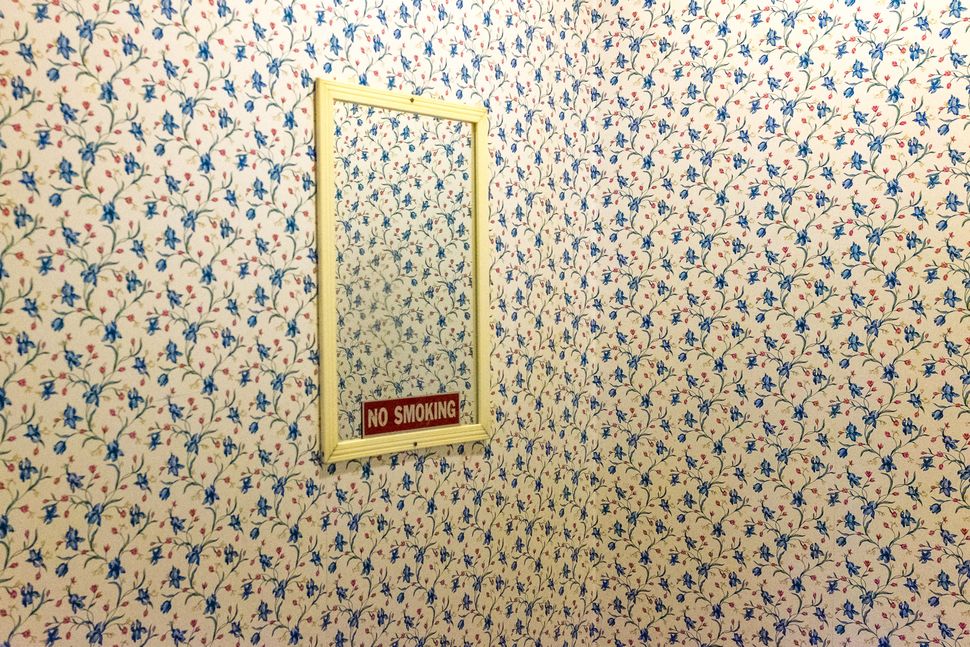
Lisa Guerriero, a 48-year-old Los Angeles-based street photographer, said that her submission represents the vicious cycle of depression and anxiety.
“It’s a horrible feeling of being trapped inside our minds,” she told HuffPost. “The seamless and repetitive pattern symbolizes the difficulty I have in trying to escape because there is no clear path to the exit. The lack of my reflection in the mirror represents my struggle to find my peaceful, well-adjusted self. When will I see something different in the mirror? When will I find a clue that will help me get out of this place?”
Guerriero explained that her submission marked the first time she has spoken publicly about her mental health.
“Society must come to understand that depression is not a choice or an intentional state,” she said. “We cannot just ‘snap out of it.’”
Matthew David Crowther
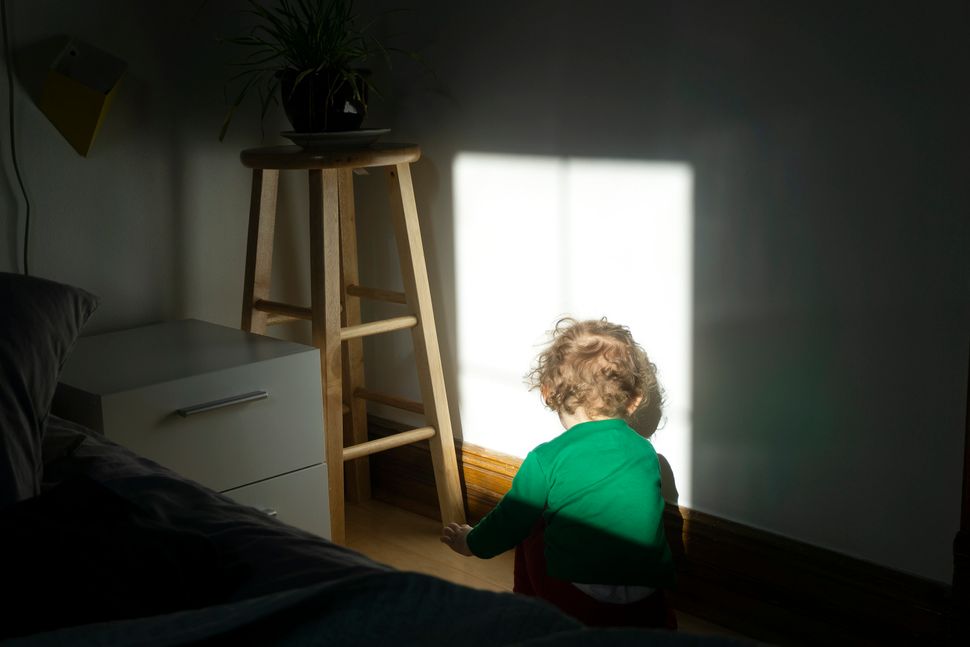
Matthew David Crowther, a Chicago photographer whose work explores self-expression, has been a big fan of Wray’s work for years and found Too Tired For Sunshine to be one of the best and most honest depictions of depression in photography. He was inspired to participate in the project.
“Viewing other’s contributions to the project helped affirm that I wasn’t alone in dealing with mental health issues through my art,” Crowther explained. “Participating felt like a way of showing appreciation for that. I hoped that I could offer that same affirmation to others through my contribution.”
He hopes his photo submission shows how complex depression really is. “One can still have a full life, but it takes a lot of work and good support. And there are people out there who will give you that support.”
Kirra Kimbrell
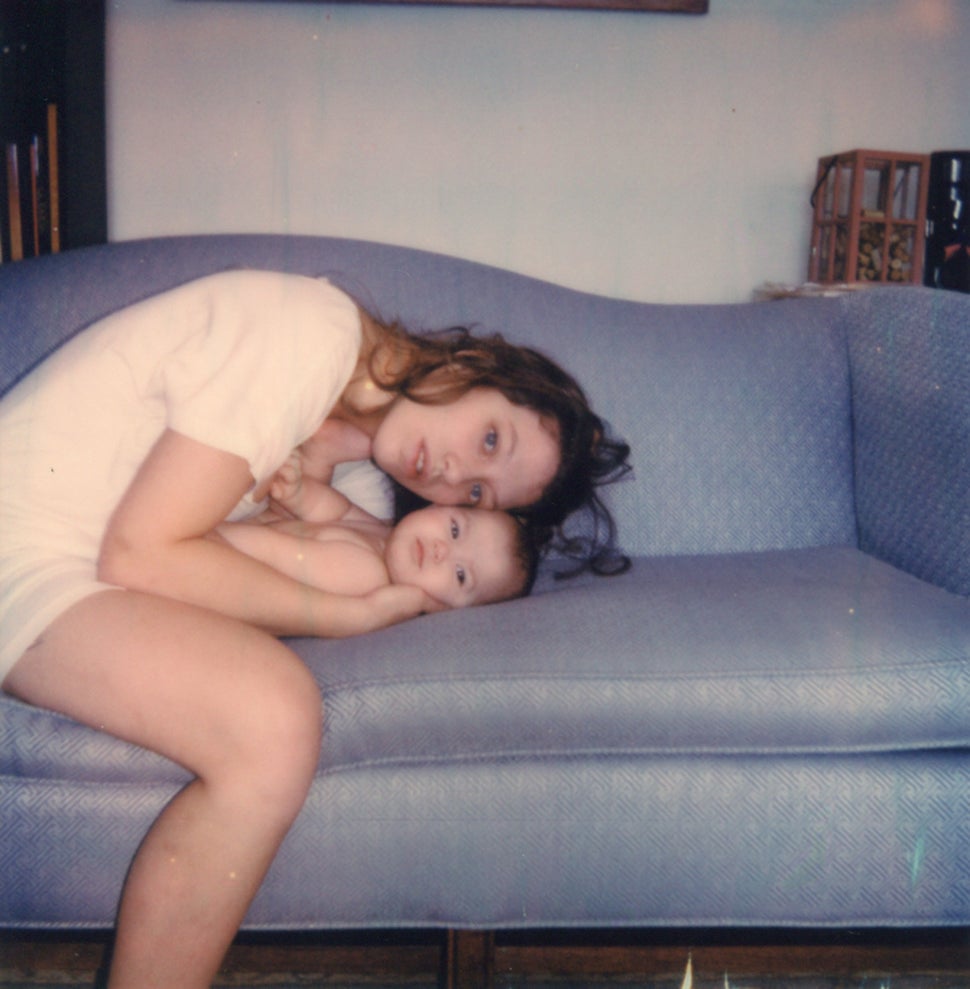
Kirra Kimbrell, a 25-year-old artist and mother in New Jersey, shared a photograph from a time when she was working through postpartum anxiety.
“Postpartum anxiety for me was essentially the opposite of what people typically think about when they think about postpartum depression,” Kimbrell said. “I felt as if I was only connecting with my daughter and had increased fear of things that could place her in harm’s way, even in imagined scenarios, which made things as simple as leaving my house or putting her down almost impossible.”
“This photograph was part of a series of Polaroids I shot during the end of my experience of postpartum anxiety. I tried to document these feelings of connection to her while maintaining the feeling of disconnect with the world around me,” she continued, adding that she hopes her contribution to the project will help people understand the multiplicity and depth of experience that new mothers go through.
“There is no one-way-fits-all to be a mother,” Kimbrell said.
Victoria Maidhof
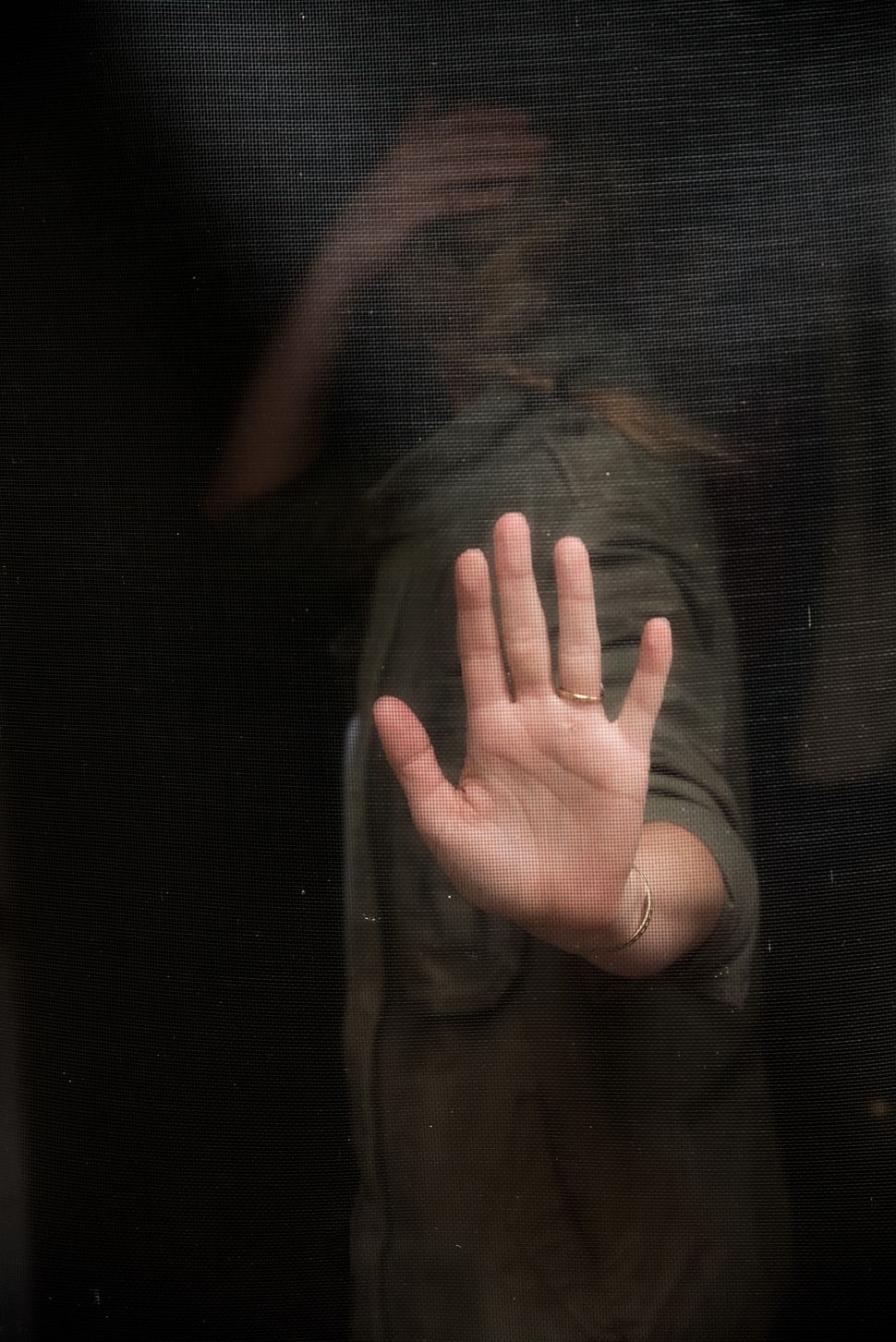
Victoria Maidhof, a 33-year-old photographer in Madison, Wisconsin, said that her contribution, called “This is what it looks like,” isn’t about her own personal mental health but rather her experience coping with a mental health crisis in her family.
“I made these images for myself, as a way to cope with the immeasurable amount of stress, anxiety, heartache, and isolation that I experienced while trying to help, understand and remain empathetic,” she said. “The debilitating toll on loved ones is an unspoken subject, leaving people like myself to experience a loneliness that no artist statement can describe.”